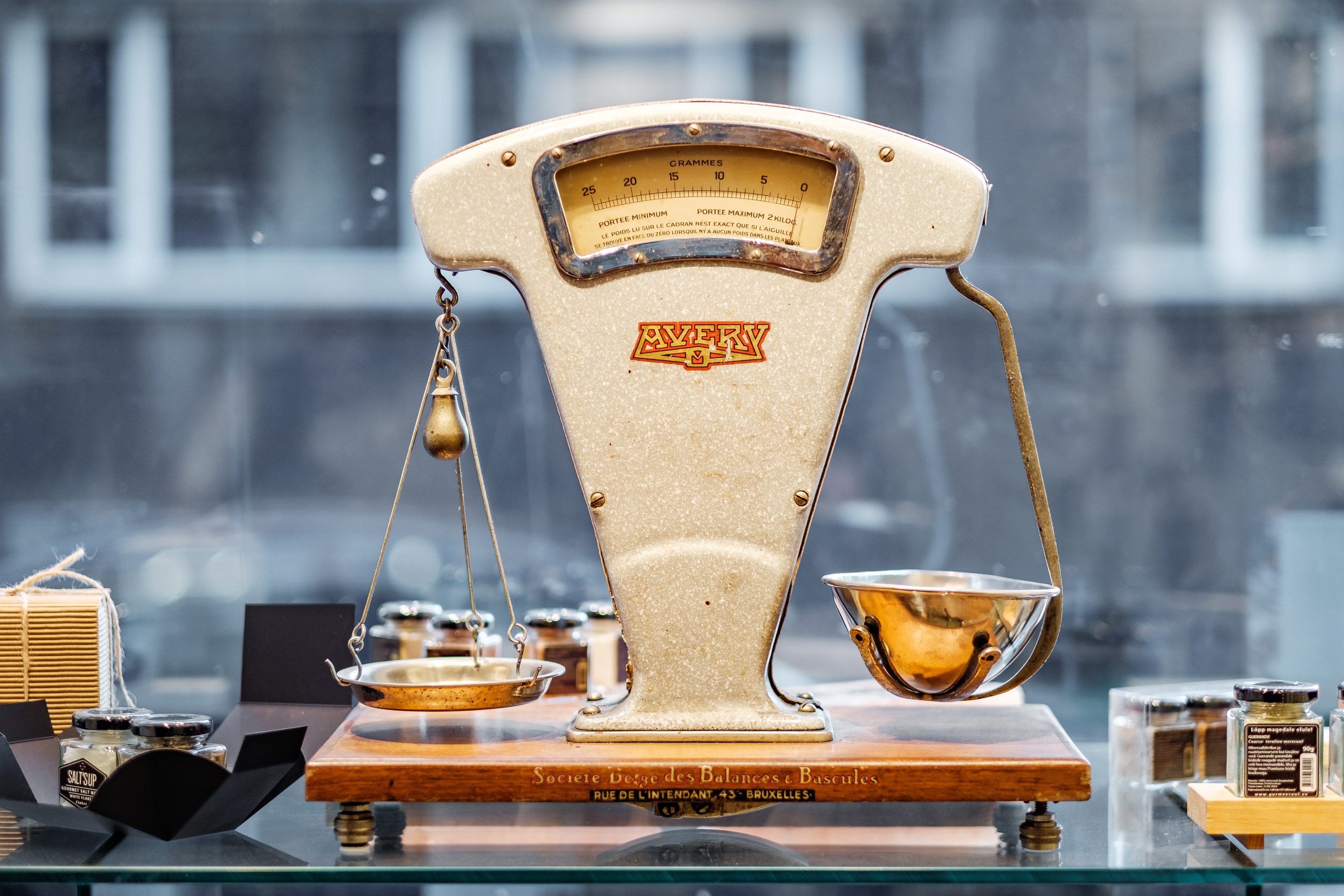Strategies to slash sodium: Label reading and balancing the menu

Label reading is an essential skill to identify sodium in foods and find ways to balance it as part of a meal.
Fact 1: Ingredients must be listed in descending order by weight. This can give you an idea of the proportion of an ingredient in the food.
Fact 2: You might see sodium on the label in different forms, not just salt (sodium chloride):
- Sodium bicarbonate: most commonly recognized as baking soda
- Sodium citrate: mostly used as a food preservative (has a sour taste)
- Sodium benzoate: also used as a preservative
- Sodium ascorbate: Salt version of vitamin C (ascorbic acid)
Fact 3: Suppliers often have reduced sodium product versions. If you can't find them when ordering, don't be afraid to ask!
Fact 4: Sometimes you won't be able to find a lower sodium version, and that's okay. Balance is key! Simply offer those high sodium foods less often. This includes a lot of heat and serve items and packaged foods. If you do use the regular versions, again use them less often. When you use lower sodium versions, you may want to add herbs and spices to help bring some flavor back. Of course, salty snacks like chips and pretzels are on the list of higher sodium foods to menu less often, plus foods like pizza, ravioli, some baked goods, deli meats, bacon, and sausage.
Here are some other strategies to use balance to your menu's advantage:
- Canned foods are quick to heat up and useful ingredients in recipes, but fresh vegetables are naturally low in sodium! Frozen vegetables are also a good option if you have the storage capacity. You’ll also want to be mindful of cost, differences in cooking/heating times, and whether you have adequate equipment. Also watch for sodium if the vegetables have sauces or come seasoned. It’s always good to talk to your vendors about lower sodium options, and get samples if you can!
- Explore using more local produce through Farm to School, DOD, or start a school garden if resources are available
- Since fresh fruits and veggies are naturally low in sodium, it’s helpful to pair them with foods that are higher in sodium. They also tend to be high in potassium, which can actually help to counterbalance the harmful effects of sodium. Another way to reduce sodium in school meals is a relatively easy one to implement.
- Decrease portion sizes if feasible, like a slightly smaller slice of pizza. You may need to offer additional options to make sure you meet the minimum amounts of food components like grains or M/MA.


